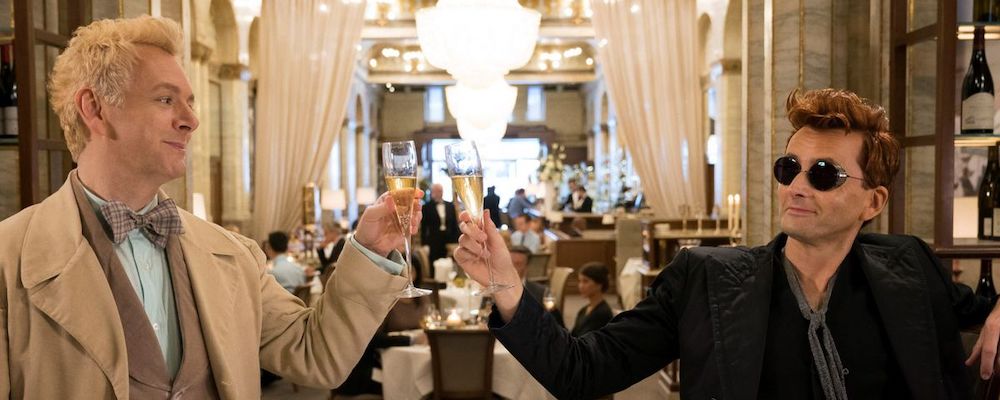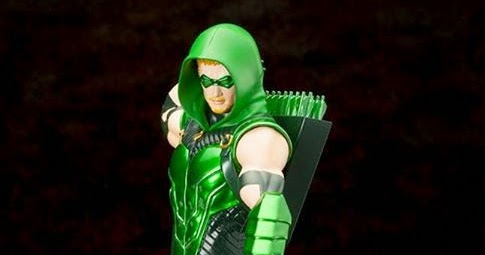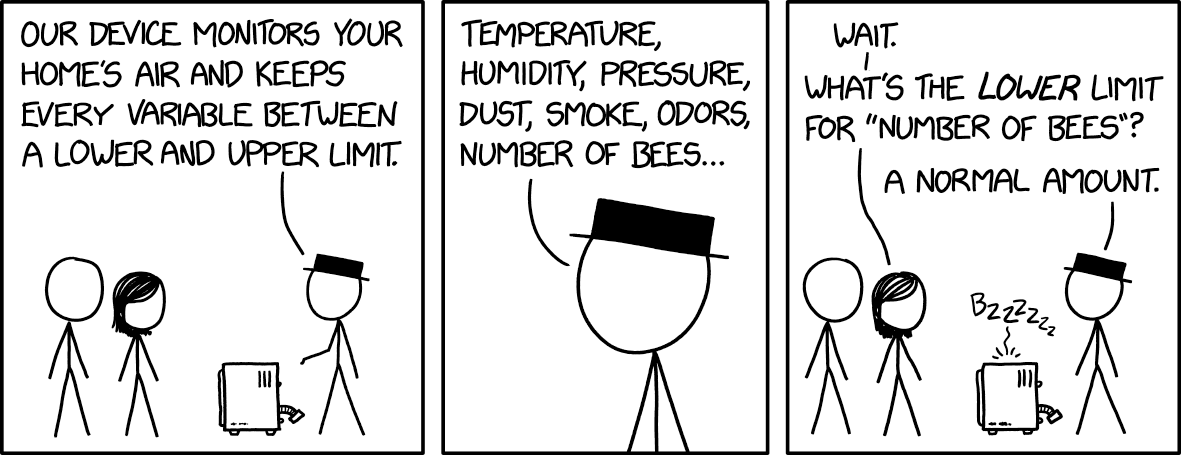Armageddon is here! Since in Good Omens, doomsday means Queen songs, a trip to The Ritz, and an adorable hellhound instead of, well, all the things we have in the real world, I’m ready for it.
1. War and Peace
All the players have entered the stage, which in this case is the tarmac of an empty air force base. (Unfortunately for Crowley, his faithful steed, aka his classic car, doesn’t make it and instead explodes in a ball of fire.) Anathema and Newt are faced with a hacked nuclear weapons communications system, conveniently located in an unguarded office. Lucky for them and the rest of the world, Newt is so bad at all things technology, his attempts to speed up nuclear war end up canceling it instead. Adam and his gang of kids face off against the horsepersons of the apocalypse, who embody the opposite attributes of each kid. (Pepper, the peace-loving hippy girl destroys War by believing in Peace while Wensleydale destroys Famine by enjoying a good meal, and so on.) The four kids manage to cancel out their counterparts in an awkward sequence that makes a bit more sense in the original book. Being the antichrist, Adam thwarts the apocalypse but can’t exactly cancel Death, so Death flies away in a dramatic exit that, again, makes a bit more sense when accompanied by the narration of the book.
2. Heaven and Hell
But doomsday isn’t averted quite so easily! In the Good Omens world, Heaven and Hell are portrayed as the top and bottom of a giant corporate structure. And like competing companies, they are both heavily invested in the game. The leaders of Heaven and Hell show up to make sure their war is started on time, meaning we get to see Jon Hamm as the archangel f-word Gabriel again, as well as Lord Beelzebub, played by Anna Maxwell Martin, an excellent English character actor you might recognize if you watch enough period dramas. When these two show up, they inject some life back into what is otherwise a rather anticlimactic ending. (And, honestly, that’s not entirely the show’s fault. It’s hard to have a dramatic ending that centers around something not happening?)
At this point, the TV adaptation of Good Omens again suffers because the original wordplay and punning of the book are just so hard to portray onscreen. If you remember all the way back to the beginning, Aziraphale and Crowley bantered over the “ineffability” of God’s plans. And if you remember your English vocabulary, ineffable means “incapable of being expressed in words.” Crowley has pushed back throughout the series on the fact that no one knows what God is planning, refusing to blindly trust an ineffable plan he can’t see. Aziraphale, ever the loophole-finder, uses his own original argument against his boss, stating that since they can’t know what God’s plan is, they can’t really know the end of the world is part of the plan. Logical arguments about religious dogma aside, Heaven and Hell stand down and agree to regroup.
3. Fathers and Sons
But we’re still not done because Adam is still the antichrist and we’ve still got CGI budget left to burn. So Satan himself shows up, angry as all get out that his son, Adam, refused to do what he was supposed to do. All the characters do a Star Trek-style shake to show the world tilting, and Aziraphale threatens Crowley with the worst thing he can think of — never talking to him again. To give Adam time to save the world, Crowley stops time and we get to see David Tennant and Michael Sheen with their computer-generated wings again.
Adam saves the world, again, by being who he really is — an adopted kid who loves the dad who raised him. Aziraphale and Crowley tell Adam he ended up as not good or evil, but human instead, and this is what gave him the ability to stop armageddon. This line, along with Jon Hamm’s sarcastic, “You can’t just refuse to be who you are,” serve as thesis statements of a sort, trying to neatly tie up a story that contains a surprisingly mature religious and philosophical viewpoint for one that also contains an extended joke about nipples. Each of the four main groups contains characters who help each other realize they don’t actually have to be what they’re “supposed” to be. This includes Adam, who chooses to be a kid instead of the antichrist, and who chooses his human father over awesome powers and, literally, Satan.
Continued below
4. Order and Chaos
And then it’s time to go home. Aziraphale doesn’t have one, though, since his bookshop burned down. Crowley offers him a place to stay and reminds him that they’ve both chosen the wrong “side” in the preceding conflict, leaving them on their own side, together. Agnes Nutter has some advice for them, which comes in handy since Heaven and Hell haven’t forgotten their wayward children.
But before we wrap up Aziraphale and Crowley’s stories, let’s wrap up our other pairs. Anathema and Newt get together for real this time, instead of checking a box on a list of things they’re prophesied to do. Not to be outdone, though, it turns out that Agnes wrote a sequel. Dismayed by the idea of having her life controlled even more by the past, Anathema burns the prophecies and chooses the chaos of an unpredictable future over the order of living by someone else’s instructions. Sergeant Shadwell showed up at the end of the world and didn’t ruin everything, so that’s a mark in his favor with Madame Tracy, who decides to hang up her psychic hat (and her, um, well, whatever it is she wears — or doesn’t — for her side gig) and move to the countryside. For reasons known only to her (loneliness? I guess?) she asks Mr. Shadwell to join her and he agrees. It’s a happy ending for the book’s strangest pair, and while I get why it needs to happen for symmetry reasons, it’s just kind of … there.
5. Love and, well, love
The Good Omens book ends the story there, but in this adaptation, Aziraphale and Crowley have to face the consequences of their actions. Both are put on trial and they face the only things lethal to their kind: hellfire and holy water. Crowley is dunked in a bathtub of the sizzling stuff and Aziraphale is shoved into a burning column of fire by his terrible boss. Instead of perishing, however, Crowley cavorts about in Victorian swimwear and Aziraphale breathes fire. Agnes Nutter’s last words came in handy, and they’ve switched places, braving Heaven and Hell for each other to save their respective skins. Having thoroughly confused their coworkers, Crowley and Aziraphale do what they do best: lunch. They drink and say a toast to the world and to each other while a nightingale sings in Berkeley Square.
I said in my episode three review that this is a love story. Adam’s love for his friends and family saves the world, Anathema and Newt’s love for each other lets her break free of the influence of her family, and Shadwell, I guess, overcomes his prejudice and lets Tracy love him in her own way by taking care of him. Aziraphale and Crowley love the world, and it’s their love of their adopted home that convinces them to work together and, yeah, come to love each other as well. As they overcome beliefs about their opposing natures, they accept each other as who they are instead of who they’re supposed to be. And this, friends, is why I love Good Omens despite its awkward pacing and too many characters. It’s a show that strips some of the cynicism from the source material and celebrates, earnestly, loving the world in all its weirdness. Before Ted Lasso gave us an earnest story about love, masculinity, and sports, Good Omens gave us an earnest story about love, religion, and found family. Also, nipples.
And that’s a wrap on Good Omens! … For now, anyway. Thirty years ago, the book ended with the world put back to rights by Adam, classic cars and all. But since Amazon and BBC have renewed Good Omens for a second season and Neil Gaiman has said that a second season necessitates a third, we’ll just have to wait and see whether the next apocalypse will be as wacky (and avoidable) as this one.



